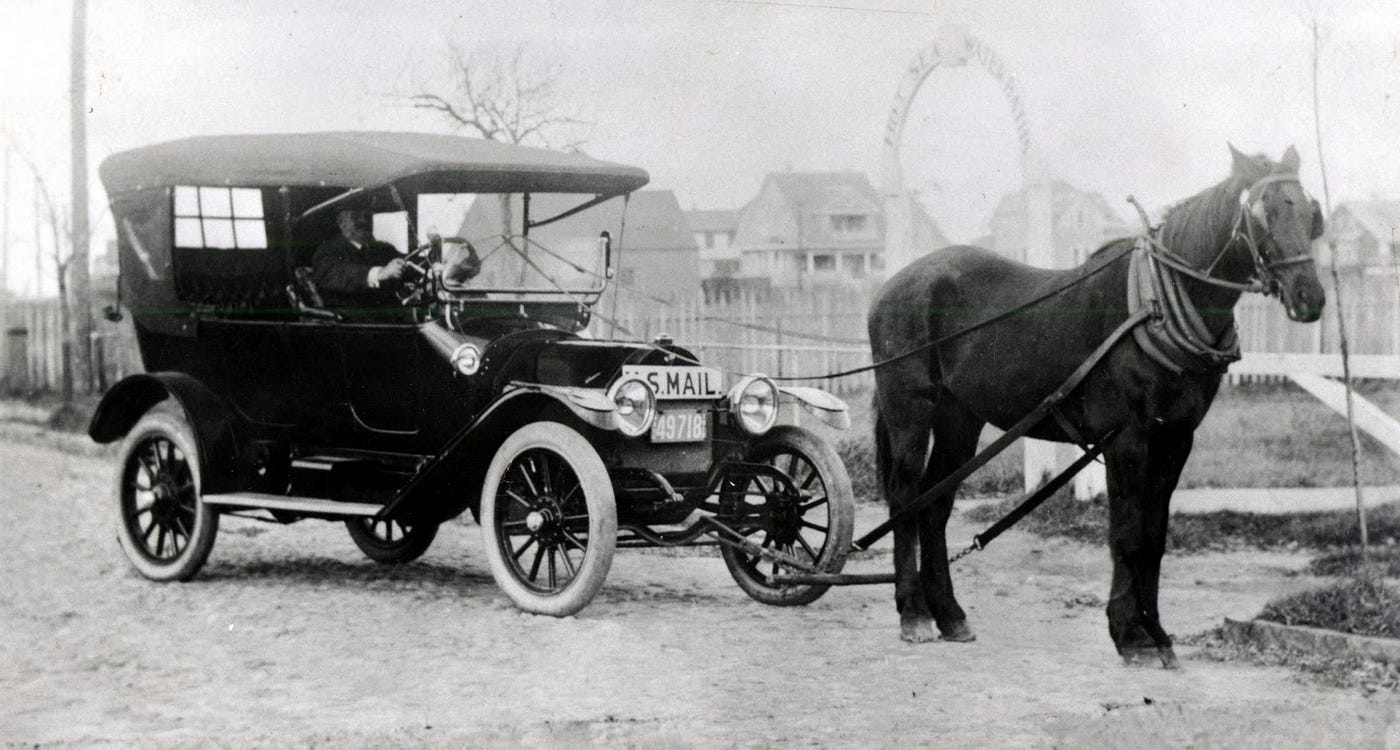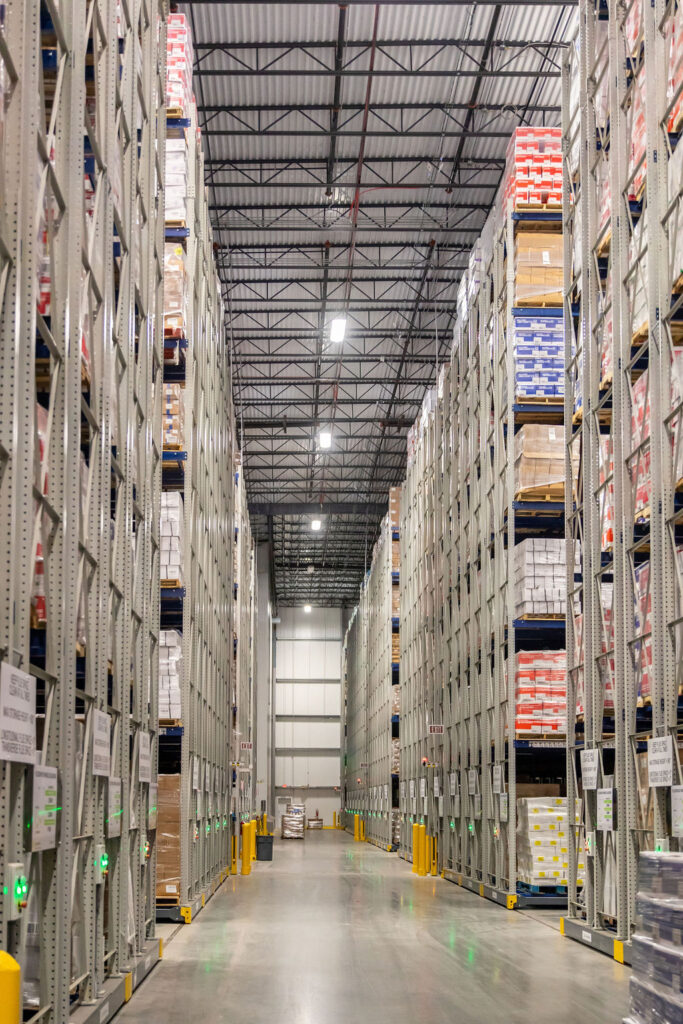If I had asked people what they wanted, they would have said faster horses."
Henry Ford
At the turn of the 20th century, travel changed from steam power to internal-combustion engines (ICE). This shift affected how products and people moved on boats and railroads. Henry Ford saw the benefits of ICE powered cars. He also understood the value of a complete approach to production.
He revolutionized production by operating a factory through systems that worked together in an assembly line format which enabled Ford to crank out more cars with less expense, so that even his employees could afford the Model T.

Today, the 21st century brings AI and automation to improve warehouse efficiency. This includes both physical and human resources. FLEXSPACE Mobile Racking Systems offer many benefits and they change how we think about maximizing storage space.
FLEXSPACE Mobile Racking Systems improve warehouse design and make the most of our investments. Thus, helping to achieve lasting profits. Henry Ford saw many possibilities. He not only envisioned ICE automobiles but also improved warehouse efficiency and reduced costs.
FLEXSPACE Mobile Racking Systems help organizations, whether new or existing, improve warehouse space design. This leads to greater revenue potential within the building.
Additional factors to achieve sustainable profitability include:
Maximized storage capacity – more business in a smaller space. Increasing the density of storage capacity within a smaller building footprint is central to the value proposition of mobile racking systems. Especially in a temperature-controlled environment where operating costs are high, the ability to generate more revenue in the same or smaller footprint increases profitability.
Decreasing building footprint – the ability to shrink the building footprint without sacrificing storage capacity decreases the upfront and ongoing cost of property.
Improved pallet accessibility – single-select access to every pallet space, decreases pallet damage, increases labor productivity, decreases picking errors, and increases occupancy/ revenue.
Decreased operating costs – a smaller building footprint lends itself to less equipment, less labor requirements, decreased travel times, and decreased overhead all contributing to greater margin performance.
As we see continued labor inflation and higher input costs, such as property costs and aging infrastructure, the ROI of automation is becoming increasingly attractive.
History shows us important changes, like the shift from steam power to internal combustion engines. We also see Henry Ford’s talent for creating innovation in factories. The similarities between the past and today show us the importance of digital technology, automation, and robotics. We must keep an innovative mindset to improve warehouse efficiency, productivity, and profitability.


